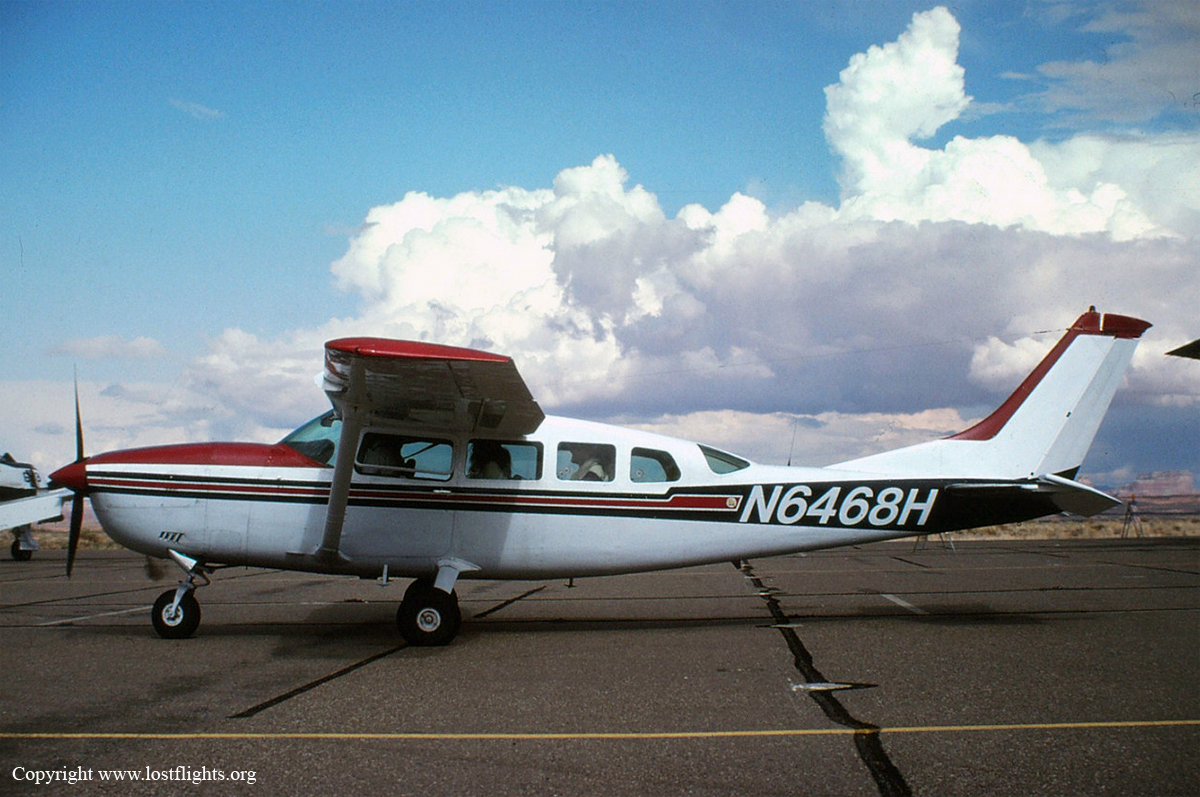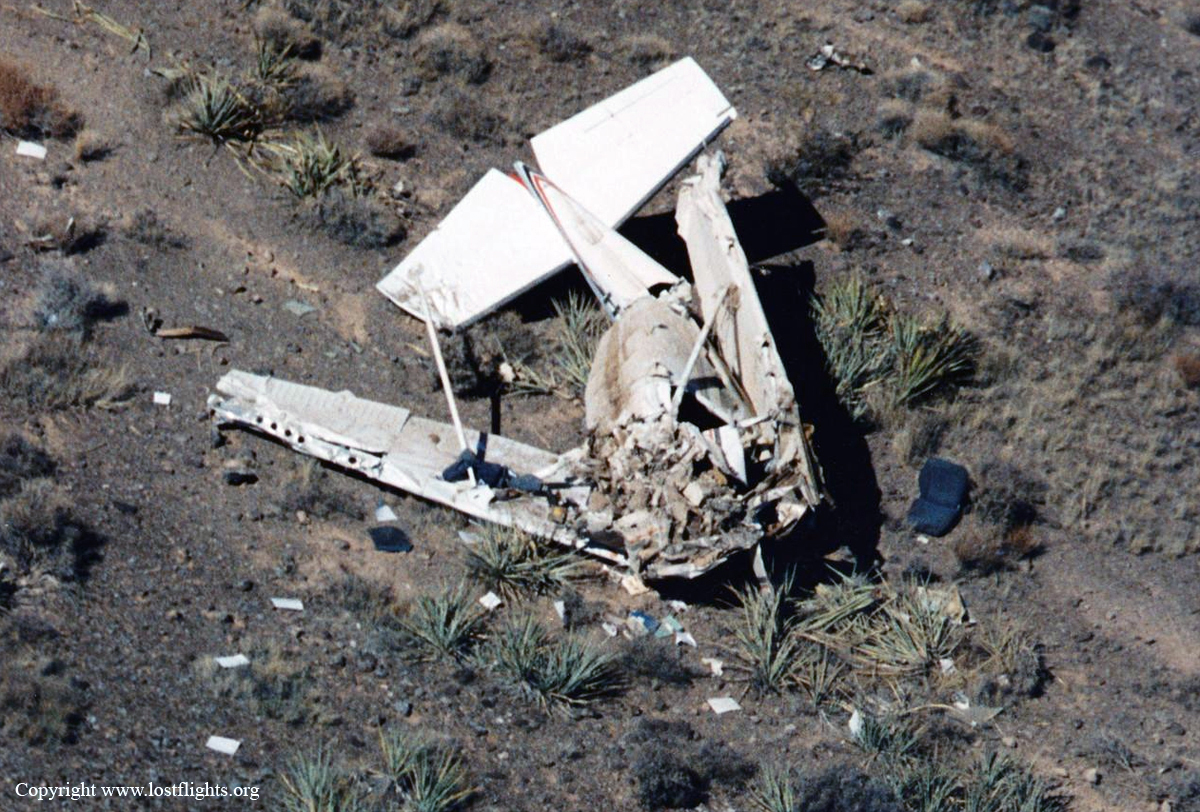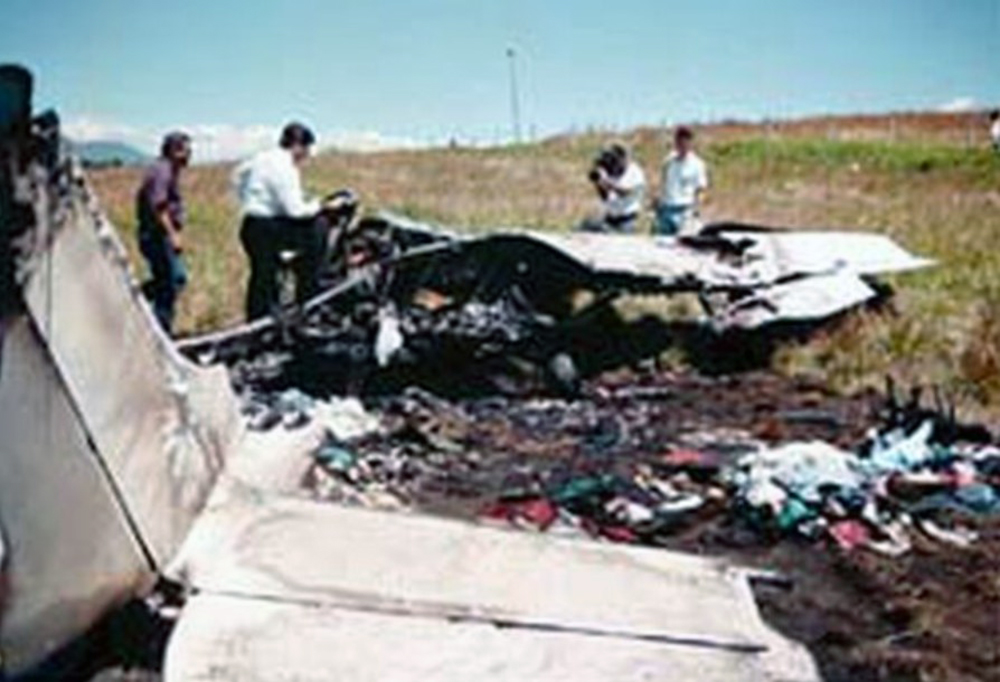Crash of a Cessna T207A Skywagon near Littlefield: 1 killed
Date & Time:
Sep 20, 1996 at 1939 LT
Registration:
N6468H
Survivors:
No
Schedule:
Grand Canyon - Saint George
MSN:
207-0532
YOM:
1979
Crew on board:
1
Crew fatalities:
Pax on board:
0
Pax fatalities:
Other fatalities:
Total fatalities:
1
Captain / Total hours on type:
7.00
Aircraft flight hours:
10009
Circumstances:
The airplane was being positioned to another airport at night. The flight was over mountainous terrain. The airplane collided with the top of a 4,600-foot bluff. The pilot had a history of transient global amnesia. Examination of the accident site revealed a 567-foot long wreckage path, oriented along the direct course line from the departure point to the destination. Damage to the engine and propeller indicated that the engine was developing power at impact.
Probable cause:
The pilot's failure to maintain clearance with terrain during descent for undetermined reasons. Contributing factors were the dark night and mountainous terrain.
Final Report:






